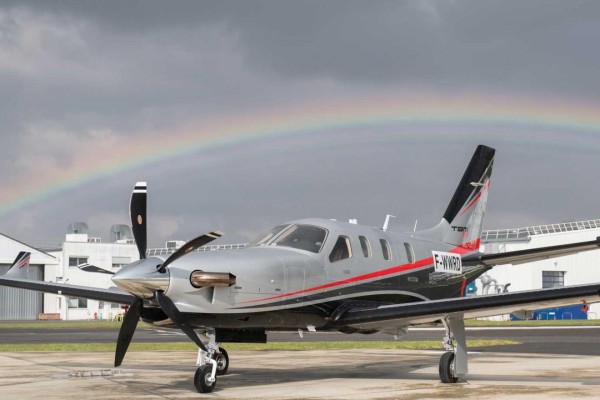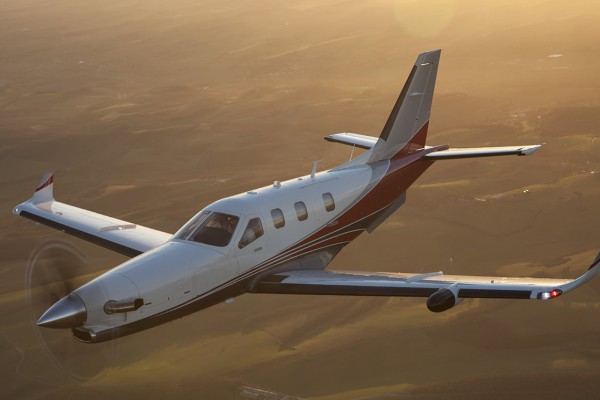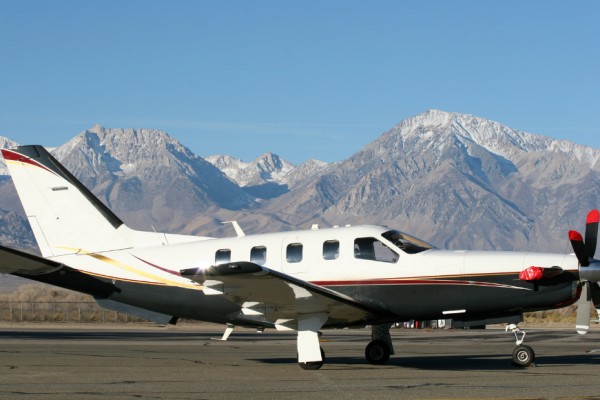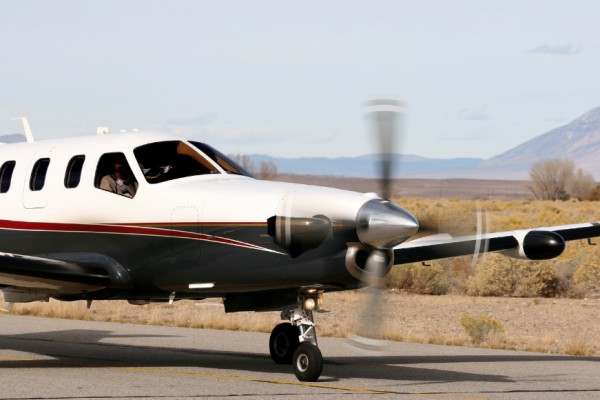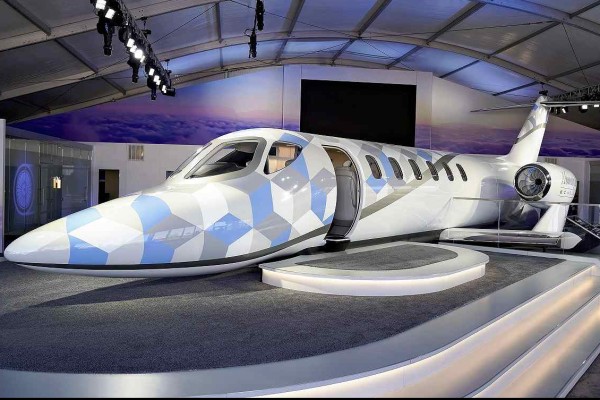- Civil Aircrafts
- 1 year before
Boeing 707 and Douglas DC-8: Queens of the Jet Age
Pioneers of the jet age Boeing 707 and Douglas DC-8: the revolution of the late 1950s transformed global travel with speed and comfort and more
-

- 1 year before
- Category: Civil Aircrafts
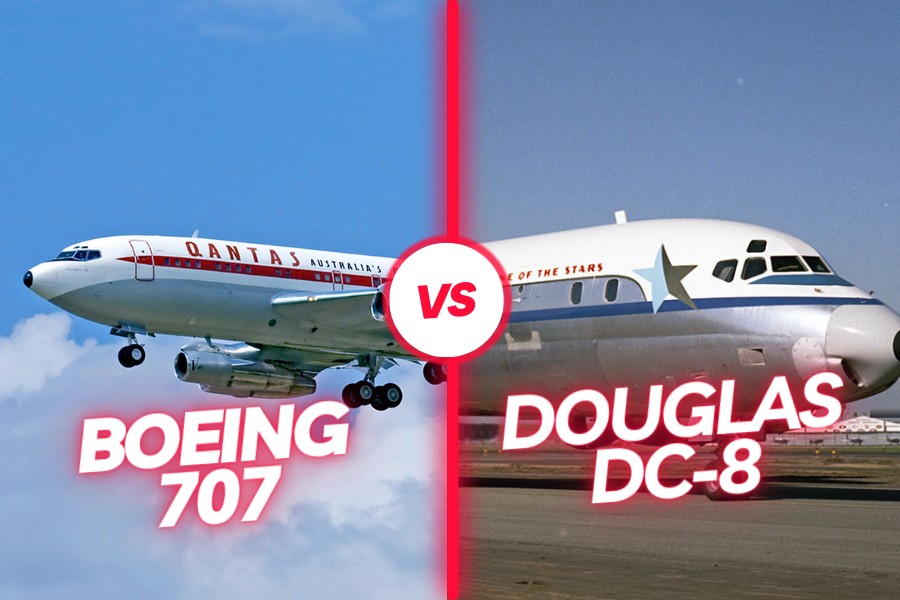
Dawn of the Jet Age
The late 1950s marked a transformative era in aviation with the introduction of two iconic aircraft: the Boeing 707 and the Douglas DC-8. These aircraft ushered in the jet age, revolutionizing commercial air travel. With advancements in passenger comfort, speed, and efficiency, global travel took on a whole new dimension.
Boeing 707 - The Queen of the Skies
Entering service in 1958, the Boeing 707 was a four-engine jetliner that left an indelible mark on aviation history. Its high speed, wide body, and long range set a new standard for comfort and service at the time. The Boeing 707 proved the practicality and economics of jet engines in commercial aviation.Douglas DC-8 - Pinnacle of Innovation
Introduced shortly after the Boeing 707, the Douglas DC-8 stood out with its unique wing design and high-speed capabilities. Featuring quieter and more efficient engines, the DC-8 became a popular choice for intercontinental flights. It was specifically designed for longer ranges, making it a preferred jetliner for many airlines.Legacy and Evolution
The technologies and innovations pioneered by the Boeing 707 and Douglas DC-8 laid the foundation for today's modern aircraft. Both models pushed the boundaries of engineering and design, becoming symbols of the golden age of jet travel. The groundbreaking success of these aircraft spurred further innovation in the aviation industry, leading to continuous improvements in passenger experience.Boeing 707 vs. Douglas DC-8 Comparison
Feature
